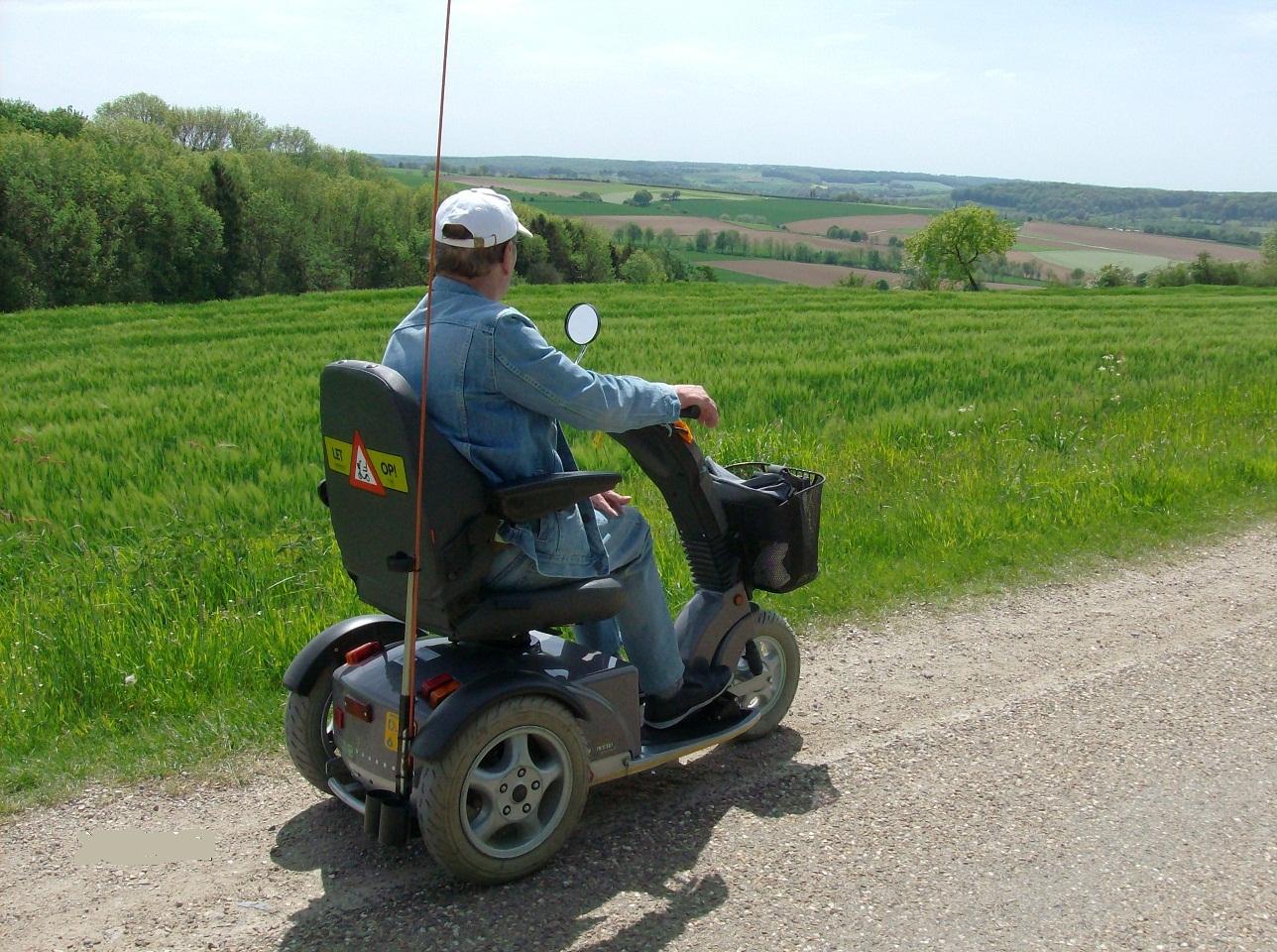Battery-powered mobility devices are helpful for people without the stamina or arm flexibility needed to move a wheelchair. A mobility scooter consists of a seat over two rear wheels, footplates for feet, two steerable wheels and handlebars to turn these wheels.
Who can use a mobility scooter?
Mobility scooters are generally for those people who unable to walk due to a medical condition or age issue. If a person is having difficulty walking, the doctor may advise a mobility scooter as a solution. Also, they can assist you with further therapies to get you back on your feet. It is illegal to use a mobility scooter if you do not have a medical walking issue.
These scooters are specifically designed for outdoor activities or traveling across footpaths without the help of another person. Some people only need to use these mobility aids for a few days. In these instances, it can be better to go with the option of mobility scooter hire for a short period instead of buying a new one.
Do need a license to operate a mobility scooter?
No, there is no license needed to operate a mobility scooter. These devices are not defined as motor vehicles. Therefore they can’t be registered. And, if they are not registered as a motor vehicle, no license can be issued to ride a motorized mobility device.
Also read here, What to Consider When Buying a Mobility Scooter?
General rules for operating a mobility scooter
Mobility scooters are designed for use on footpaths. The road rules that apply to pedestrians apply to mobility scooter users. This includes:
- Cross the road by the shortest direct route and do not obstruct traffic.
- Leave the kerb only when there is a green light. When crossing at traffic lights, you must obey the pedestrian walking signal. Do not cross when it is red.
- On a roundabout, only leave the kerb when there is no traffic or minimal traffic. Otherwise, avoid crossing roads near roundabouts.
- When there are no intersections with lights and signs, you may cross the road if there are no cars or other vehicles approaching.
- You must not cross the road if there is any danger of collision.
- Always use the side footpath for safety. Don’t walk on the road. If there are no footpaths, only then can you walk on the road.
- Some footpaths are separated for pedestrians and other users, like cyclists. In such cases, use the path marked for pedestrians. Avoid using footpaths designated for cyclists.
- If using a shared footpath, give way to cyclists.
- Do not cross when there is a sign banning pedestrians.
Public transport tips
If you are traveling on public transport, like trains, buses and trams, you will need to follow some tips to ensure your safety:
Trains:
- Use some real time apps that provide you the correct information about trains running.
- All trains provide special access and allocate special space to those using mobility aids. You need to look for a wheelchair symbol on the platform.
- All metropolitan stations have ramps and lifts to platforms but some are steeper than others. If it is too steep, ask for help from a friend or another person to get to the platform.
Trams:
- Most trams are usually low to the ground and allocate space to passengers with mobility aids or wheelchairs.
- Look for a wheelchair symbol on the outside of the tram to see if the tram is accessible for mobility aids users.
- Some trams sit higher and there are steps to enter them. These trams are not suitable for mobility scooter users. Do not board these trams.
Buses:
- There are special buses that sit low to the ground to make it easier for those with mobility aids to get on. Some buses can be lowered to meet the kerb to make access easier.
- If the bus does not sit low, the driver may be able to lower a ramp for mobility scooters to use.
- Most buses also allocate space for passengers using mobility aids. Look for a wheelchair symbol. Use this designated space.
Hopefully, with the above given information, you’ll be able to safely use your mobility scooter.






